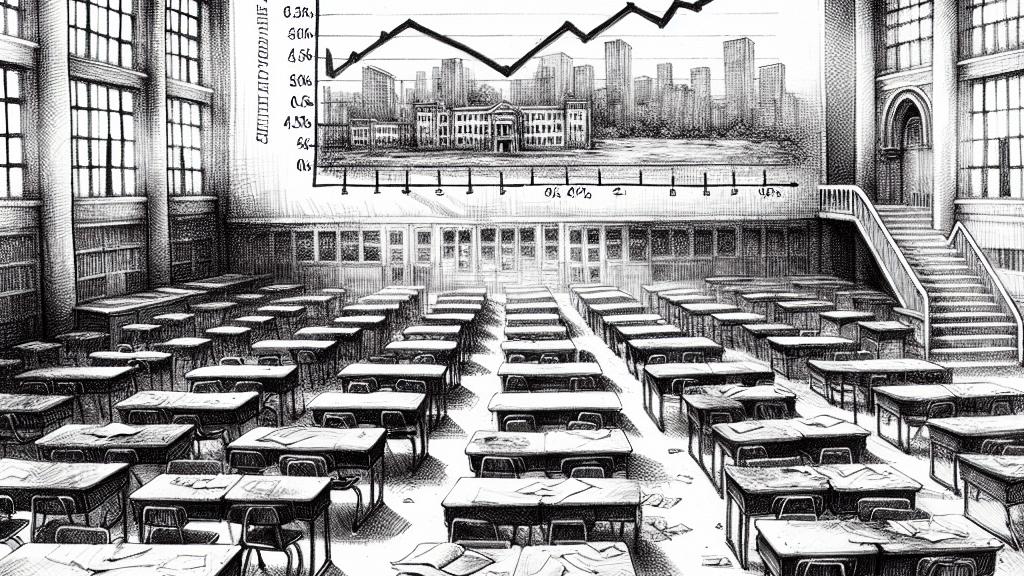Decline in Enrollment at Private Universities in Major Urban Areas
Overview
- Japan is experiencing a striking crisis with 60% of private universities reporting significant enrollment shortfalls.
- Major urban areas, including Tokyo and Osaka, have for the first time fallen below full enrollment capacity.
- This alarming trend results from a declining youth population and mounting financial pressures faced by educational institutions.

A Deepening Crisis in Higher Education
The current state of private universities in Japan is a cause for serious concern. According to recent findings from the Japan Private School Promotion and Mutual Aid Corporation, a staggering **59.2%** of four-year private universities, equating to **354 schools**, are grappling with enrollment shortfalls. This represents the highest level of shortfall since monitoring began in 1989. Such figures paint a bleak picture, and at the core of this crisis is a significant downturn in the youth population—recently reported to have shrunk by more than **34,000** individuals between the last two years. As classrooms sit empty, the economic viability of these educational institutions hangs in the balance, creating a ripple effect that could influence future generations.
Urban Universites Facing Unprecedented Challenges
Interestingly, this crisis is not isolated to rural educational institutions. Urban centers like Tokyo and Osaka, which were once beacons of higher education, are now witnessing a shocking decline in student enrollment. For the **first time in history**, these thriving urban areas have seen their capacity fill rates fall below **100%**, a trend propelled by a variety of factors. A shift in student preferences—more individuals gravitating toward larger, prestigious institutions—combined with economic realities, has rendered even the most established universities vulnerable. The challenges are particularly acute for smaller, regional universities; many are struggling to fill just **80%** of their available spots. Such statistics bring to light the urgent need for reform and innovation within Japan's higher education landscape.
Innovative Solutions: The Path Forward for Reform
In response to this escalating issue, the Japanese Ministry of Education recognizes the need for immediate and effective interventions. They have initiated a **five-year concentration reform period**, an ambitious plan that aims to provide necessary support to struggling universities, especially those with lower enrollment figures. This initiative embodies a proactive strategy, offering vital resources and assistance to help institutions rethink their educational models and adapt to changing demographics. Furthermore, measures are being considered to protect students’ educational opportunities in the event of a university closure, ensuring continuity and stability. The real question is not just how Japan can navigate this crisis but how it can leverage this moment to innovate and create a more sustainable higher education ecosystem. By embracing these necessary changes, Japan has the potential to emerge stronger and better equipped for the challenges ahead, paving the way for a renewed commitment to educational excellence.

Loading...